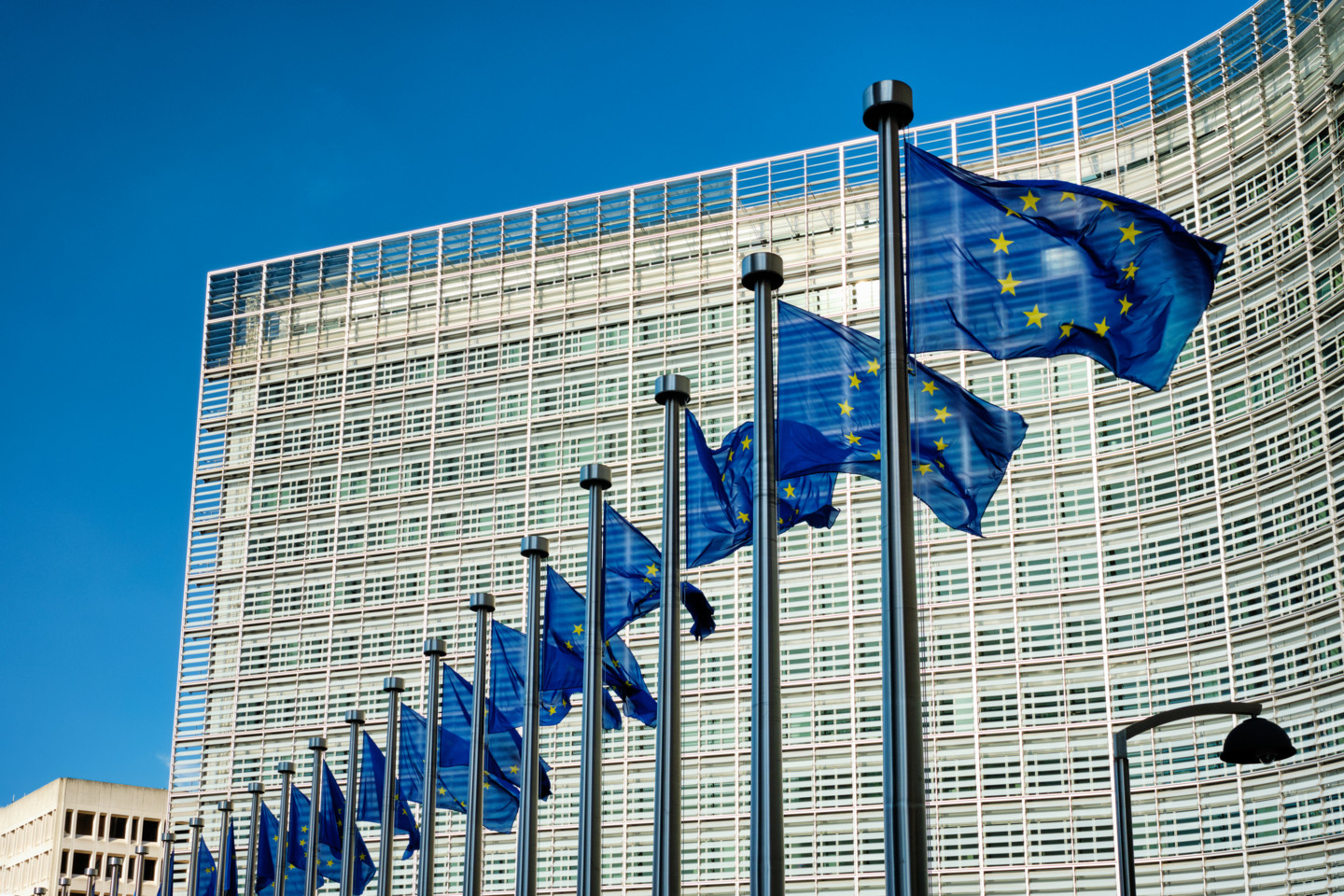
Footwear 4.0: the platform for smart footwear manufacturing
At the 22nd UITIC (International Union of Shoe Industry Technicians) Congress in Shanghai, Assomac presented its new modular and interoperable digital ecosystem.
Keep reading...
March 2025

Francesca Rulli, 4SUSTAINABILITY® - Ympact, analyses the risks and opportunities for the fashion sector linked to the approval of the package simplifying corporate sustainability rules.
On 26 February, the European Commission delivered a decisive blow to green bureaucracy, presenting the Omnibus package that redesigns the rules on sustainability reporting for companies, including those in the fashion system. A measure that promises to lighten the administrative burden without compromising environmental commitment, at the same time coming out with the Clean Industrial Deal for competitiveness and resilience. Parliament and Council will take a decision in the coming months.
The main changes concern the reporting thresholds under the CSRD. Only companies with a turnover of more than EUR 50 million and more than 1,000 employees will now be obliged to submit detailed sustainability reports. For companies classified in ‘wave 2’ and ‘wave 3’, which are already scheduled to start reporting between 2026 and 2027, there will be a temporary suspension of two years. The Due Diligence Directive (CSDD) sees an easing of the controls, with a postponement of the timeframe and a prevailing focus on direct suppliers. The adoption of the guidelines is anticipated in July 2026.
Francesca Rulli, co-founder of Ympact, the first Italian group of innovative services and digital platforms for the sustainable growth of the fashion system, defines this change as a shift ‘from a logic of mere compliance to one of true strategic intelligence’. In this logic, the European Commission’s proposals lighten bureaucracy without distorting the objective. Less paper, more substance.
What changes for companies
A key passage of the transformation effectively summarised by Francesca Rulli is that ‘fulfilments change especially for small and medium-sized companies, which would have been called upon to make an overly burdensome and only compliance-oriented change of pace, wasting investment capacity in concrete projects. If we put reporting first and burden them with red tape, we take away space from business strategy and investment in product and process innovation; but it is precisely innovation that brings a return in economic terms and competitive advantage’.
While CSDD and CSRD are undergoing various changes, the other two fundamental pillars of the market strategy remain intact: the Ecodesign regulation, which introduces the digital product passport – starting with textiles, batteries, electronics and construction – and the extended producer responsibility scheme, already law in Italy from 2022. ‘Everything should be read in a strategic key, as an orientation of the business model towards a better competitive advantage. The company that innovates products and processes, invests in human capital and stakeholder relations acquires positioning, reputation and reliability and can bring these elements of advantage to its product also through the Digital Passport,’ continues Rulli.
Despite regulatory uncertainty, the fashion industry was not unprepared. Ympact, an integrated system of competences and digital solutions created to support brands and supply chains, tells a story of concrete transformation: born from the union of two companies with 10 years of experience in traceability and sustainability in fashion, today it supports over 3,000 companies, collaborates with more than 50 global brands and maps 80,000 suppliers in 22 different countries. In 2024, a further 51 companies joined the more than 200 producers of Italian fabrics, yarns, fashion accessories and started implementation projects with the 4sustainability framework, committing to strategic initiatives on six key fronts: low-impact materials, elimination of harmful chemicals, process traceability, organisational well-being, reduction of environmental impact and circular economy practices.
The concrete challenge for companies
The new regulations are forcing companies to think deeply. It is no longer just a matter of filling in forms, but of rethinking their business model, considering sustainability as an integral – and necessary – part of their strategy. It is a cultural change rather than a regulatory one, requiring companies to look beyond the immediate. Communicating the real value of products, documenting every step in the supply chain, demonstrating attention to the wellbeing of people and the environment becomes a categorical imperative in order to remain competitive in an increasingly attentive and demanding market. In the past year, 780 companies have completed the 4s assessment, a data collection that returns a detailed report on performance in each of these dimensions. A clear signal: the sector is ready for a profound transformation, far beyond regulatory obligations.
The analysis: sustainability as resilience
‘Companies that control environmental, social and governance risks demonstrate greater capacity to deal with market turbulence. In Italy we have an excellent supply chain that is investing in innovation and generating positive impact. There are still few brands that undertake well-structured paths with their supply chains, focusing on projects and not just on the often replicated reporting requirements. Hence our project that supports the supply chain in improvement projects and the brand in the unambiguous collection of information elements for the creation of strategic partnerships,’ – says Rulli.
Future perspectives
While the European Parliament and Council are about to evaluate the proposals, the fashion industry is looking ahead. The McKinsey report ‘The State of Fashion 2025’ confirms a crucial fact: at a time of rising prices and low propensity to spend, it is becoming a priority for brands to communicate the real value of their products. ‘The digital product passport will be decisive, because it will offer guarantees through verifiable and objective data. Above all, it will contribute not only to circularity, but also to consumer education, allowing consumers to evaluate important information about the product, right down to environmental and social profile elements. It will help him consciously choose whom to reward with his purchases. A revolution that goes beyond the simple reduction of impact, transforming sustainability into a tool for competitiveness and innovation,’ concludes Francesca Rulli.

At the 22nd UITIC (International Union of Shoe Industry Technicians) Congress in Shanghai, Assomac presented its new modular and interoperable digital ecosystem.
Keep reading...
With €46 million in imports and an Italian share of over 42%, the African market for leather and footwear technology continues to be a strategic growth area. To further strengthen it, Assomac and Simac Tanning Tech are building commercial and industrial bridges from Senegal to Ethiopia.
Keep reading...
Gas, co-moulding and recyclable thermoplastics: at Simac Tanning Tech 2025, the sole sector shows where innovation is really heading.
Keep reading...You must login to read this free content
This content requires a subscription to view. Are you already a subscriber? Sign in